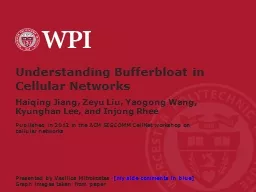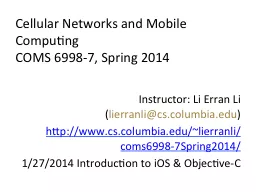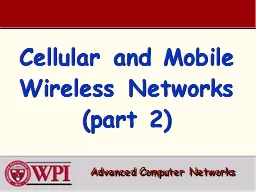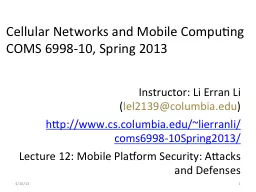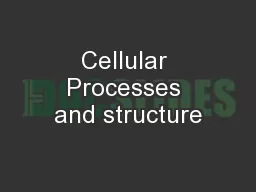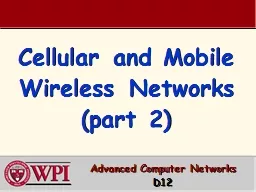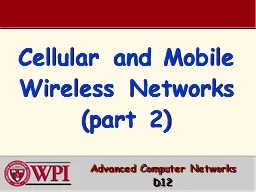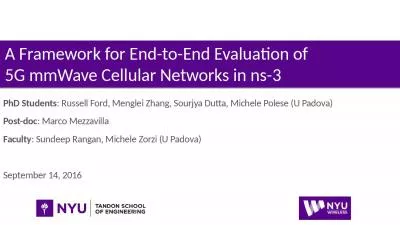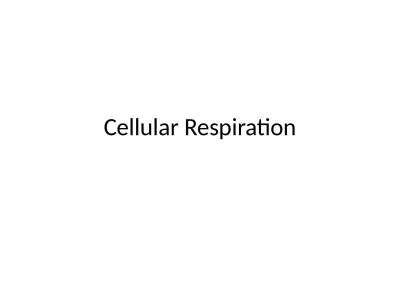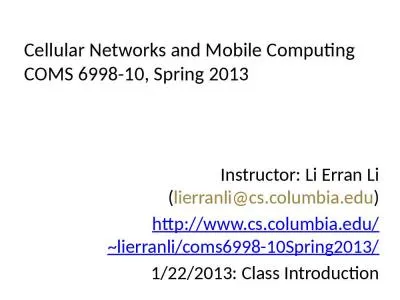PPT-Understanding Bufferbloat in Cellular Networks
Author : marina-yarberry | Published Date : 2018-11-05
Haiqing Jiang Zeyu Liu Yaogong Wang Kyunghan Lee and Injong Rhee Presented by Vasilios Mitrokostas my side comments in blue Graph images taken from paper Published
Presentation Embed Code
Download Presentation
Download Presentation The PPT/PDF document "Understanding Bufferbloat in Cellular Ne..." is the property of its rightful owner. Permission is granted to download and print the materials on this website for personal, non-commercial use only, and to display it on your personal computer provided you do not modify the materials and that you retain all copyright notices contained in the materials. By downloading content from our website, you accept the terms of this agreement.
Understanding Bufferbloat in Cellular Networks: Transcript
Download Rules Of Document
"Understanding Bufferbloat in Cellular Networks"The content belongs to its owner. You may download and print it for personal use, without modification, and keep all copyright notices. By downloading, you agree to these terms.
Related Documents

